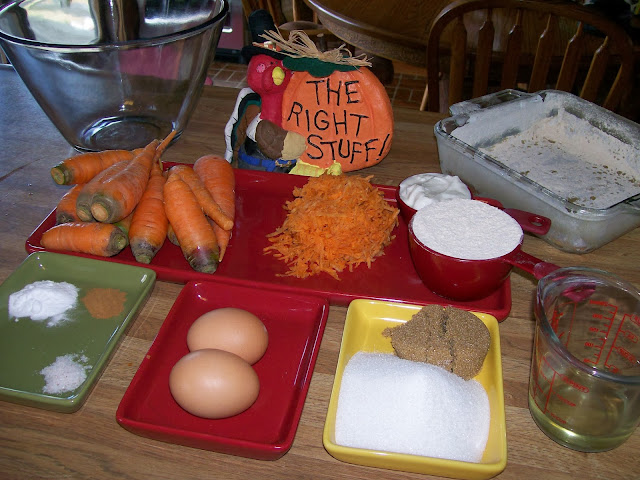HICKORY COUNTY MASTER GARDENERS ESTABLISHED 2005 ...Growing the Mission ... With Camaraderie and Common Interests in Horticultural Experiences! The Master Gardener Program is an opportunity for novice and experienced gardeners to learn and to share knowledge with others.
The Master Gardener program began in the 1970's in response to the many gardening questions that resulted from the rapidly increasing level of interest in home gardening. The idea was to train knowledgeable gardener volunteers to help University Extension staff deliver home gardening information to the public.
Our local Master Gardeners are able to build on their interests and acquire greater expertise through the resources available through the Extension Service and the University of Missouri.
University of Missouri Extension provides equal opportunity to all participants in extension programs and activities, and for all employees and applicants for employment on the basis of their demonstrated ability and competence without discrimination on the basis of their race, color, religion, sex, sexual orientation, national origin, age, disability or status as a protected veteran.
Hickory County Master Gardeners recommend contacting your local Extension Service for more complete plant and growing information and how to become a Master Gardener.
Meetings are reserved for Master Gardener members, but community programs hosted by the Master Gardeners are public events and will be announced in the local newspaper.
As of 12/31/2014, this blog will no longer post new articles. It will remain active as an archive. Please use the tools available in the right column to search for information and source links provided in previous articles.
FOR MORE INFORMATION: http://extension.missouri.edu/ and http://mg.missouri.edu/.
To-Do List for October
Carrot Cake on the Lighter Side
Source: Beti Pearson, Hickory County Master Gardener and Missouri Master Naturalist.
Posted: 9/19/2014
Butterfly Gardening and Your Gardening Personality
 |
| Monarch Caterpillar on Native Milkweed |
 |
| Monarch on Zinnia |
Posted: 9/13/14





